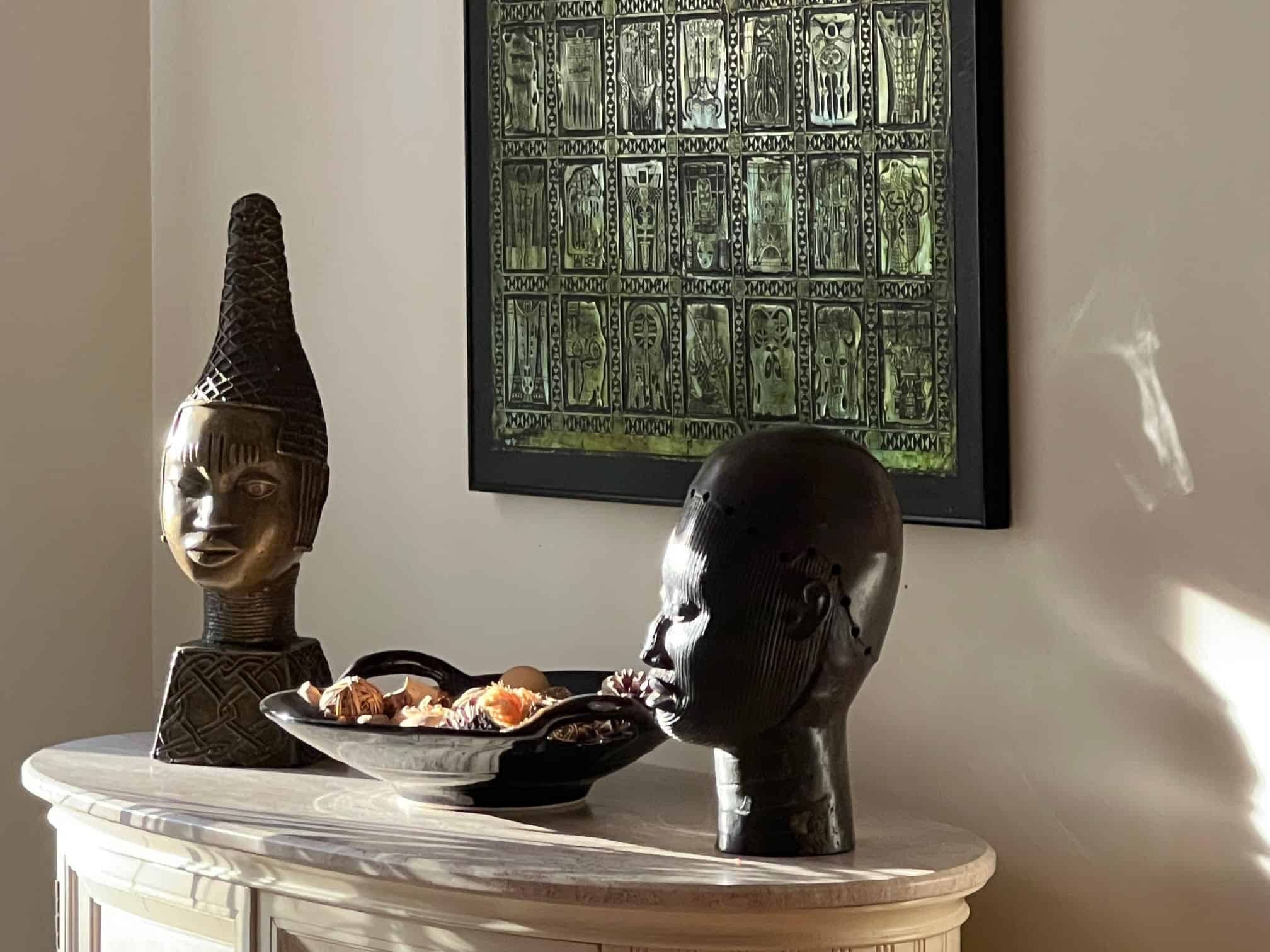I’d like to begin this blog by introducing you to a Yoruba proverb:
A kì í bá eni gbé ká má mo ojú eni:
One does not live with a person and yet not know how to deal with him or her. (Also translated as “To know a person well is to know that person’s habits and tastes”.)
Yoruba Proverbs, Oyekan Owomoyela
There is a clear need to bridge the gaps that separate us. And it is my belief, and the belief of many others, that mutual understanding is a powerful tool to bring people closer together.
But how do we create new understandings?
If it were simple, it would have already been done… and we would all live happily ever after.
But back to reality, we have (over the years) seen a range of ideas, philosophies and techniques aimed at helping us relate to and have compassion for those we perceive to be different from us.
Diversity, Equity, Inclusion, and Accessibility (DEIA), for example, describes a (relatively) new way of thinking about how diverse parts can harmoniously, productively, and advantageously coexist and thrive in a collective whole.
It has both been taken on and praised by some in the corporate world and come under fire, by others, for its limitations.
But what I’d like to talk about is a MUCH older and simpler approach – storytelling.
You tell your story. I tell mine. Maybe the ancient and traditional arts of storytelling and story-listening might be the opening that uncovers ways we can most easily be introduced to who others are and what they contribute and experience in the context of the work environment.
Introduce a specific topic, and place it in the middle of a talking circle. Offer an opportunity to peel back well-protected onion layers as a step toward learning more about the ‘other.’
I invite you to do it with a diverse group of people… but also believe that ANY group is diverse if you pick the “right” topic and dig deep enough.
DEIA, though obviously faulted because it is human, still offers a powerful reminder of both what is possible and what is necessary.
What difference does it make to value “the differences among people?” And how do you value a difference that you don’t always see?
Besides, how do we teach the unreadable unless we are willing to throw back the covers that hide the yet-to-be-released opportunities that diversity, inclusion, and accessibility can truly unfold?
Too often, I have read about how DEIA is a technical, soulless solution that is devoid of direction. My question is, “How DEIA (deep) do you want to go?”
DEIA is an idea… a tool that is FULL of potential… And the unseen is there for the telling.
Let’s start toward turning the corner. Do your part – have a story-telling conversation…


